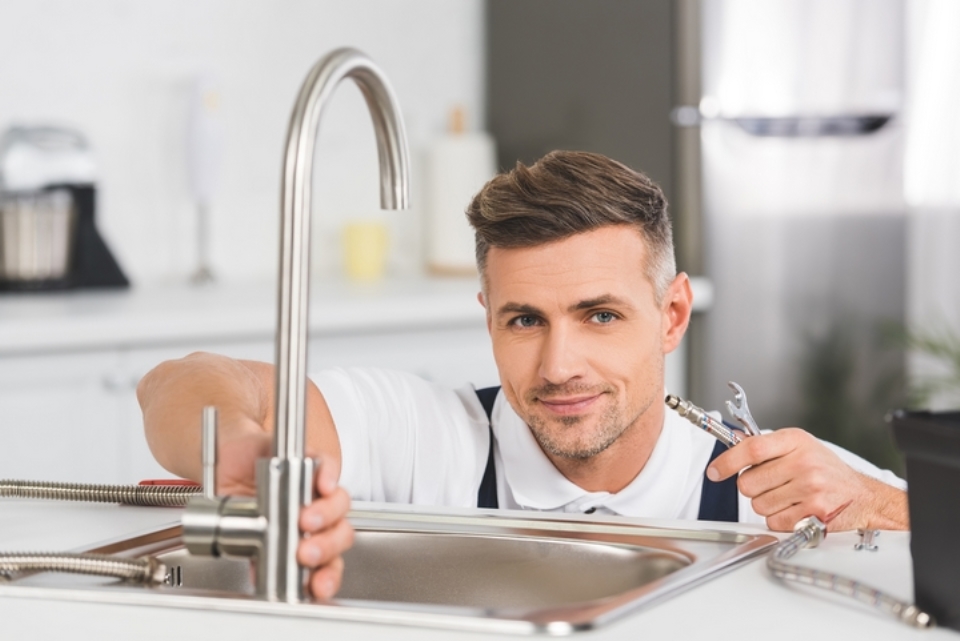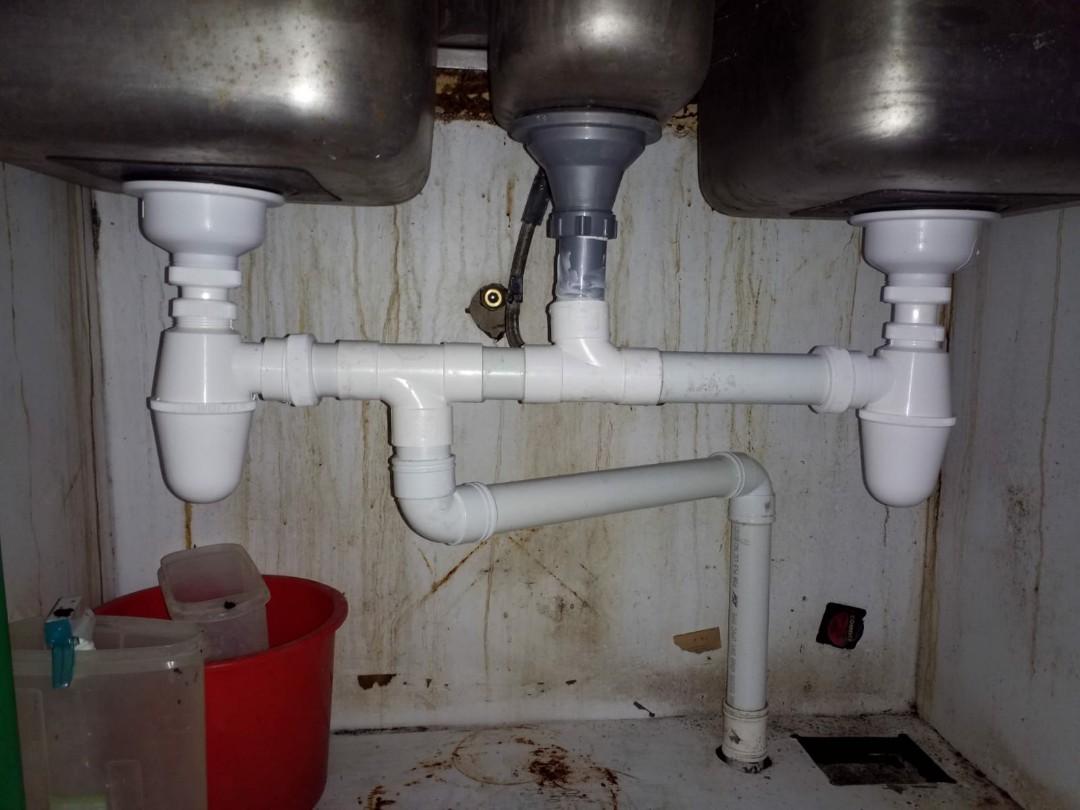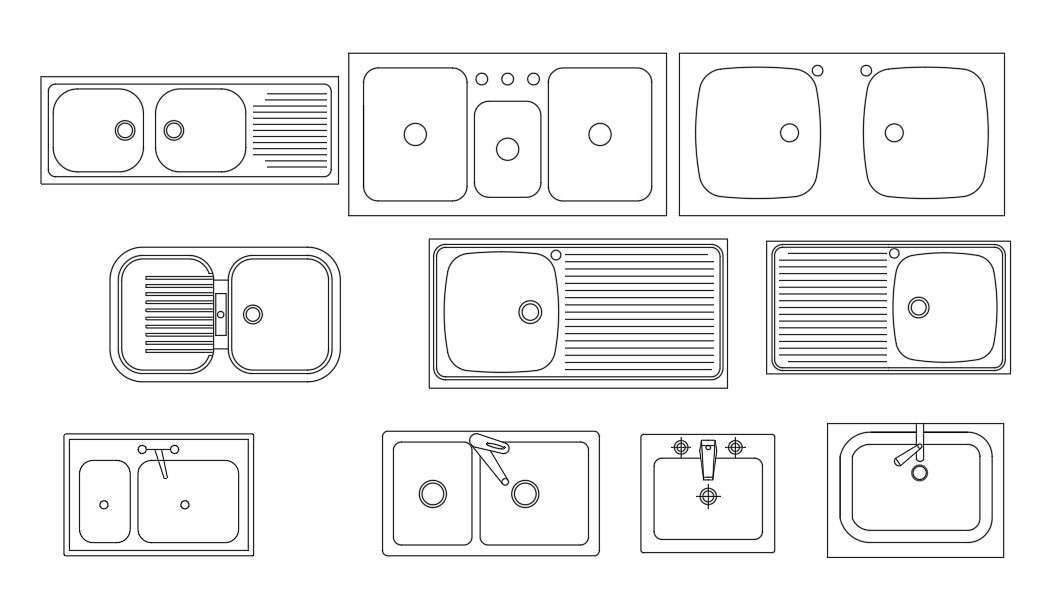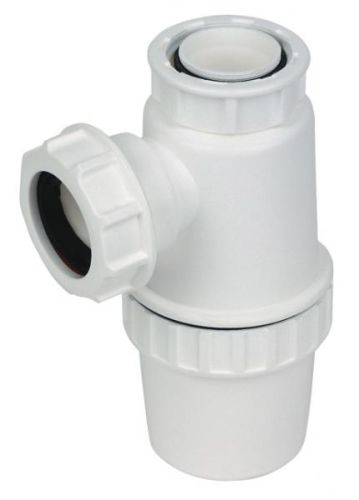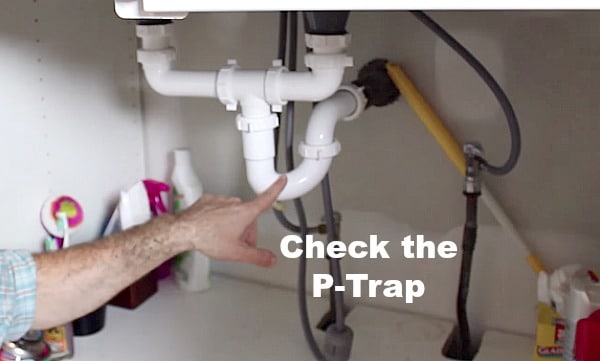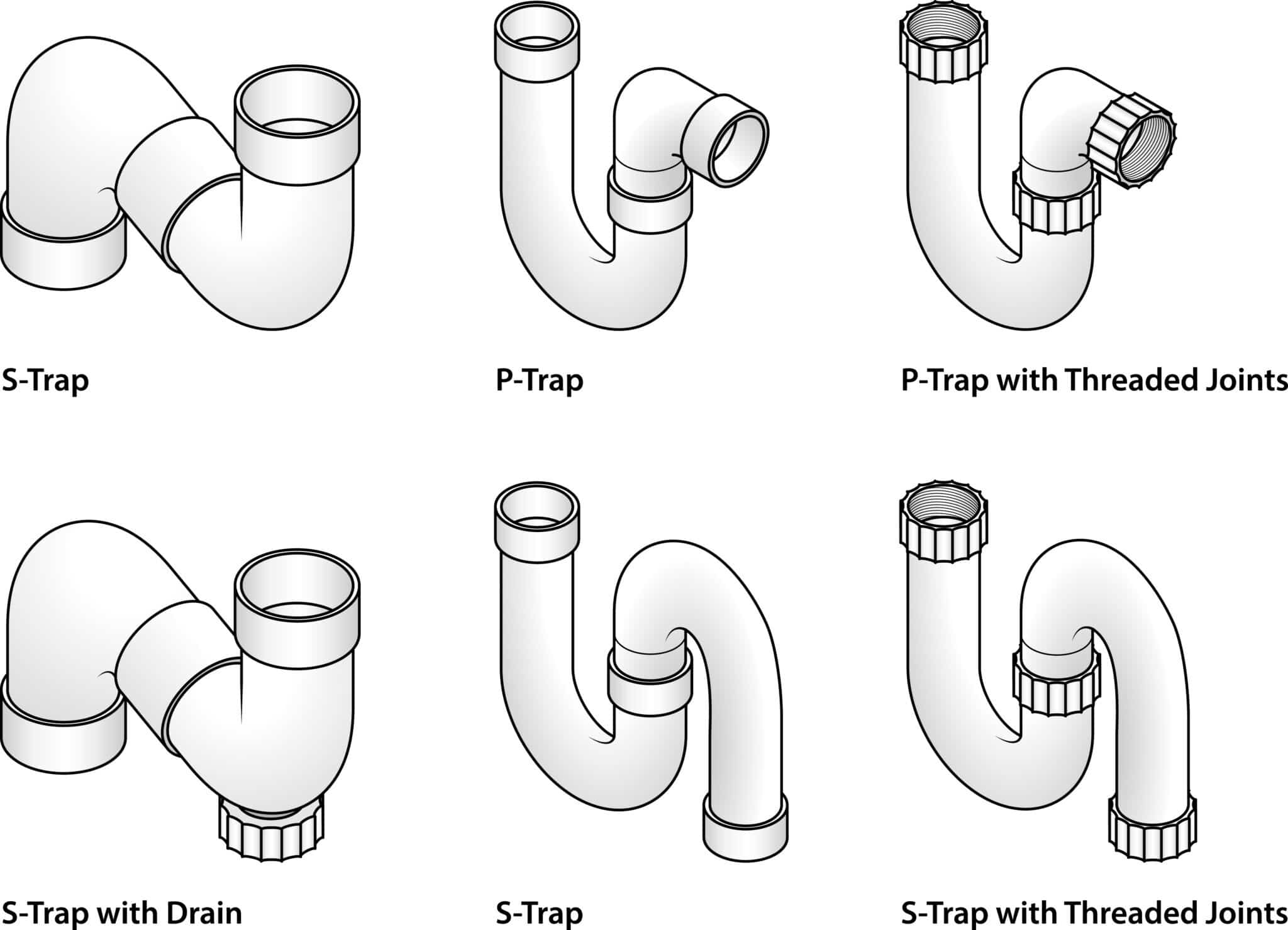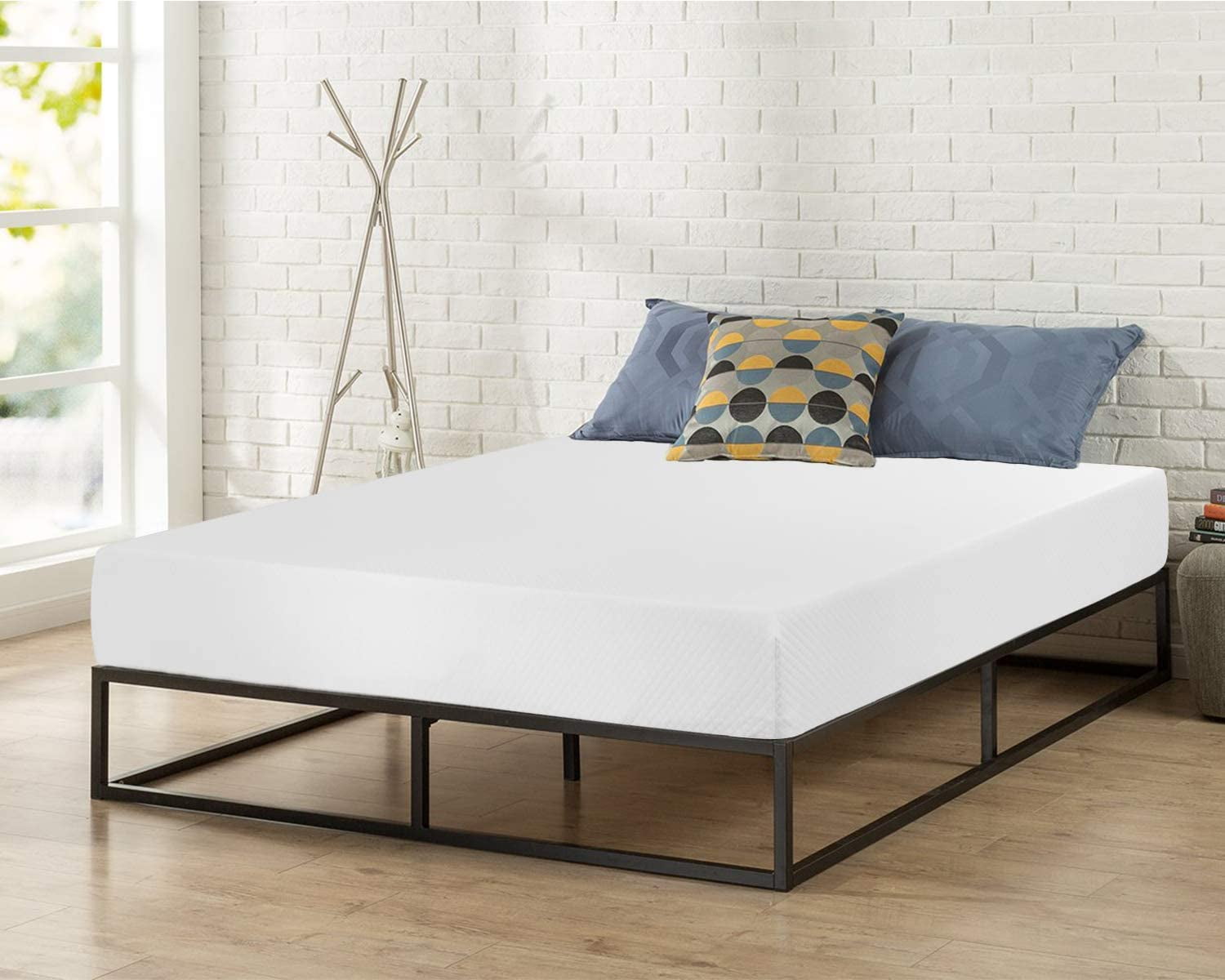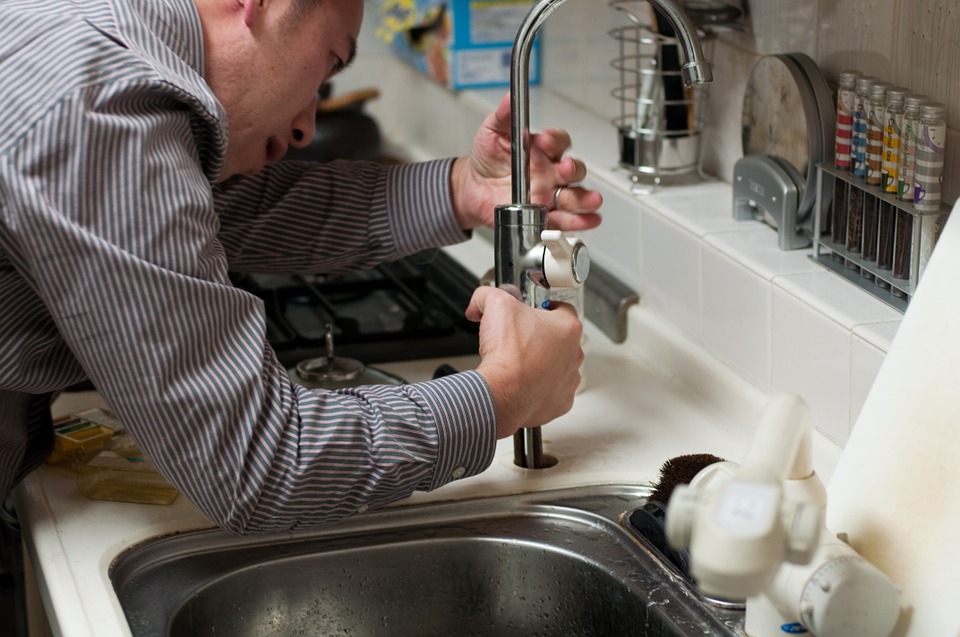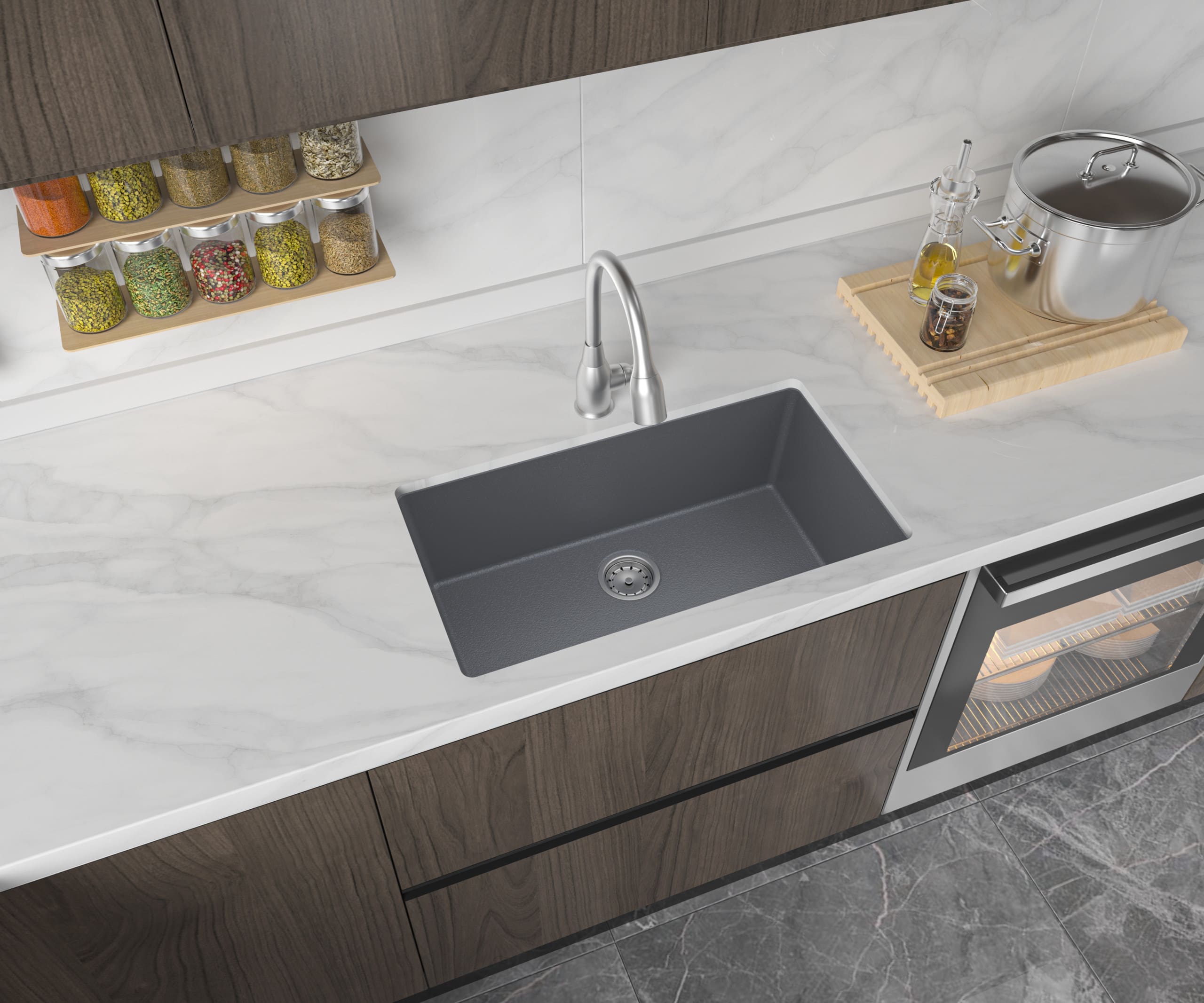If you're tired of dealing with clogged drains and unpleasant odors in your kitchen sink, it may be time to consider installing a bottle trap. Not only does it efficiently remove debris and prevent sewer gas from entering your home, but it's also relatively easy to install. Here's a step-by-step guide on how to install a bottle trap for your kitchen sink.1. How to Install a Bottle Trap for a Kitchen Sink
Before we dive into the installation process, let's first discuss the benefits of using a bottle trap for your kitchen sink. One of the main advantages is its ability to prevent sewer gas from entering your home, which can be a health hazard. Additionally, it helps to catch debris and prevent clogs, reducing the need for frequent drain cleaning. Furthermore, bottle traps are relatively inexpensive and easy to install, making them a practical choice for any household.2. Benefits of Using a Bottle Trap for Your Kitchen Sink
If you already have a bottle trap installed but it's not functioning properly, it may be time to replace it. Here's a brief guide on how to replace a bottle trap for your kitchen sink. Step 1: Start by turning off the water supply to your sink. This can usually be done by turning off the water valves under the sink. Step 2: Loosen the slip nuts that connect the trap to the sink drain and the waste pipe. Step 3: Remove the old bottle trap and clean the area around the drain and the waste pipe. Step 4: Install the new bottle trap by connecting it to the sink drain and the waste pipe using the slip nuts. Step 5: Tighten the slip nuts with pliers to ensure a secure fit. Step 6: Turn the water supply back on and check for any leaks. If there are no leaks, your new bottle trap is now installed.3. Step-by-Step Guide for Replacing a Kitchen Sink Bottle Trap
When it comes to choosing a bottle trap for your kitchen sink, there are a few factors to consider. First, make sure to measure the diameter of your sink drain and the waste pipe to ensure you get the right size trap. Additionally, consider the material of the bottle trap - plastic traps are more affordable, but metal traps are more durable and long-lasting. Finally, opt for a trap with a removable cap for easy cleaning and maintenance.4. Choosing the Right Bottle Trap for Your Kitchen Sink
Like any plumbing fixture, bottle traps can sometimes experience issues. One of the most common problems is clogging, which can be caused by debris or grease buildup. In this case, you can simply remove the trap and clean it out before reattaching it. If the trap is not functioning properly, it may also need to be replaced.5. Common Problems with Bottle Traps in Kitchen Sinks and How to Fix Them
While it may seem like a small and insignificant component of your kitchen sink, a bottle trap plays a crucial role in keeping your drain clean and your home free from unpleasant odors. It also helps to prevent sewer gas from entering your home, which can be dangerous for your health. Investing in a bottle trap is a smart choice for any homeowner.6. The Importance of Using a Bottle Trap for Your Kitchen Sink
Regular cleaning and maintenance of your bottle trap can help prevent clogs and ensure it continues to function properly. Here are a few tips for cleaning and maintaining your bottle trap: Tip 1: Remove the trap every few months and clean it out with a mixture of hot water and vinegar. Tip 2: Use a drain brush to clean out any debris or buildup in the trap. Tip 3: Check the trap regularly for any cracks or damage and replace it if necessary.7. How to Clean and Maintain a Bottle Trap for Your Kitchen Sink
Now that we've covered the installation and maintenance of bottle traps, let's discuss its purpose. A bottle trap is essentially a curved pipe located under your sink that is designed to catch debris and prevent sewer gas from entering your home. It also allows for easy cleaning and maintenance, making it an essential component of your kitchen sink's plumbing system.8. Understanding the Purpose of a Bottle Trap in a Kitchen Sink
If you're planning on installing a bottle trap for your kitchen sink yourself, here are a few tips to keep in mind: Tip 1: Make sure to turn off the water supply before attempting to install the trap. Tip 2: Use plumber's tape on the threads of the slip nuts to prevent leaks. Tip 3: Have a bucket or towel handy to catch any excess water that may spill during the installation process.9. Tips for Installing a Bottle Trap for Your Kitchen Sink
Lastly, let's take a look at the different types of bottle traps available for kitchen sinks. The most common types are P-traps, S-traps, and U-traps, each with their own unique shape and design. P-traps are the most popular and are typically used for sinks with a vertical drain pipe, while S-traps and U-traps are used for sinks with a horizontal drain pipe. Now that you have a better understanding of bottle traps and their role in your kitchen sink, you can make an informed decision when it comes to installing or replacing one. Remember to regularly clean and maintain your trap to ensure it continues to function properly and keep your kitchen sink free from clogs and odors. With these tips, you can enjoy a clean and efficient kitchen sink for years to come.10. Exploring Different Types of Bottle Traps for Kitchen Sinks
The Benefits of Using a Bottle Trap for Your Kitchen Sink
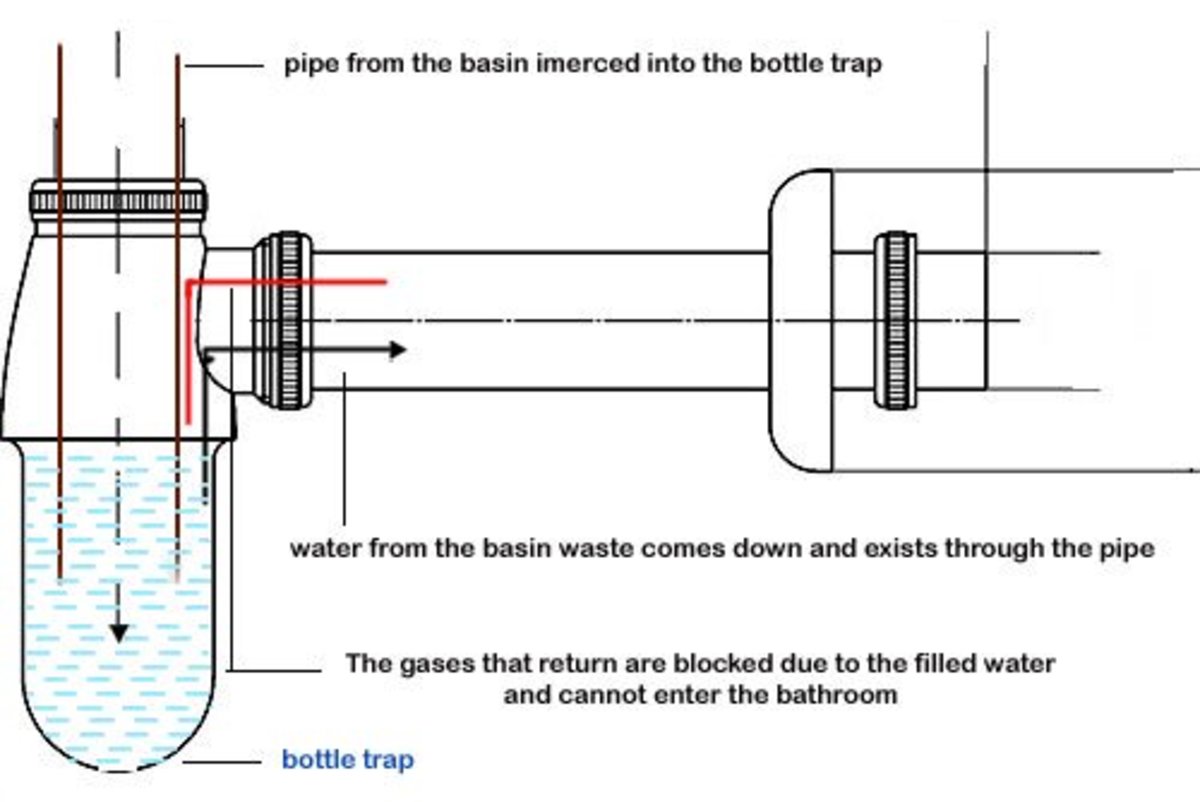
Introduction
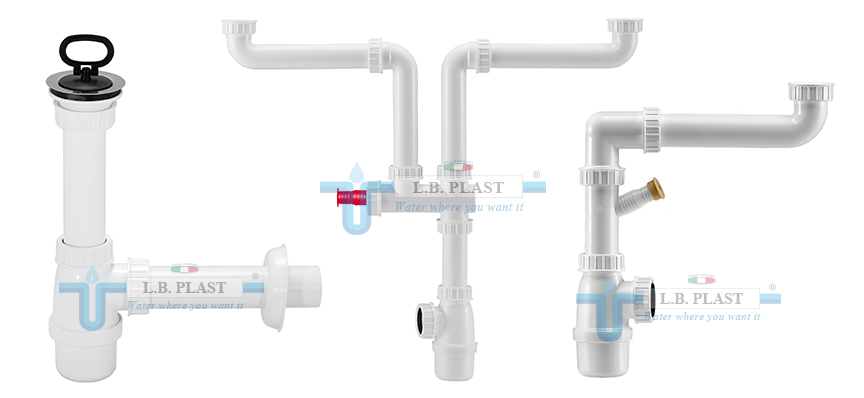 When designing or renovating a kitchen, every detail counts. One important aspect that is often overlooked is the choice of
bottle trap
for the kitchen sink. Many homeowners may not even be aware of what a bottle trap is and how it can greatly benefit their kitchen design. In this article, we will discuss the
use of a bottle trap for the kitchen sink
and why it is a must-have for any modern kitchen.
When designing or renovating a kitchen, every detail counts. One important aspect that is often overlooked is the choice of
bottle trap
for the kitchen sink. Many homeowners may not even be aware of what a bottle trap is and how it can greatly benefit their kitchen design. In this article, we will discuss the
use of a bottle trap for the kitchen sink
and why it is a must-have for any modern kitchen.
What is a Bottle Trap?
 A bottle trap is a plumbing fixture that is installed under the sink to prevent sewer gases from entering the kitchen. It is called a bottle trap because of its shape, which resembles a bottle with a curved bottom. Traditionally, P-traps were used for this purpose, but bottle traps have gained popularity due to their sleek design and efficient functionality.
A bottle trap is a plumbing fixture that is installed under the sink to prevent sewer gases from entering the kitchen. It is called a bottle trap because of its shape, which resembles a bottle with a curved bottom. Traditionally, P-traps were used for this purpose, but bottle traps have gained popularity due to their sleek design and efficient functionality.
The Advantages of Using a Bottle Trap
 Bottle traps
offer numerous advantages over traditional P-traps when it comes to kitchen sink plumbing. One of the main benefits is its compact size, which allows for more storage space under the sink. This is especially beneficial for smaller kitchens where space is limited. Additionally, bottle traps are easier to install and maintain compared to P-traps, making them a preferred choice for homeowners and plumbers alike.
Another advantage of using a bottle trap is its modern and minimalist design. The sleek and simple shape of the bottle trap adds a touch of elegance to the kitchen, making it a perfect fit for modern and contemporary designs. It also comes in a variety of materials such as chrome, stainless steel, and brass, allowing homeowners to choose one that best complements their kitchen decor.
Bottle traps
offer numerous advantages over traditional P-traps when it comes to kitchen sink plumbing. One of the main benefits is its compact size, which allows for more storage space under the sink. This is especially beneficial for smaller kitchens where space is limited. Additionally, bottle traps are easier to install and maintain compared to P-traps, making them a preferred choice for homeowners and plumbers alike.
Another advantage of using a bottle trap is its modern and minimalist design. The sleek and simple shape of the bottle trap adds a touch of elegance to the kitchen, making it a perfect fit for modern and contemporary designs. It also comes in a variety of materials such as chrome, stainless steel, and brass, allowing homeowners to choose one that best complements their kitchen decor.
The Environmental Impact
 Aside from its functional and aesthetic benefits,
bottle traps
also have a positive impact on the environment. Unlike traditional P-traps, bottle traps do not have a water seal, which means less water is wasted. This makes it a more sustainable option for those looking to reduce their water consumption and carbon footprint.
Aside from its functional and aesthetic benefits,
bottle traps
also have a positive impact on the environment. Unlike traditional P-traps, bottle traps do not have a water seal, which means less water is wasted. This makes it a more sustainable option for those looking to reduce their water consumption and carbon footprint.
Conclusion
/sink-drain-trap-185105402-5797c5f13df78ceb869154b5.jpg) In conclusion, the
use of a bottle trap for the kitchen sink
offers numerous benefits in terms of functionality, design, and environmental impact. Its compact size, modern design, and eco-friendliness make it a must-have for any kitchen renovation or new build. So, when planning your next kitchen project, don't forget to consider a bottle trap for a more efficient and stylish plumbing solution.
In conclusion, the
use of a bottle trap for the kitchen sink
offers numerous benefits in terms of functionality, design, and environmental impact. Its compact size, modern design, and eco-friendliness make it a must-have for any kitchen renovation or new build. So, when planning your next kitchen project, don't forget to consider a bottle trap for a more efficient and stylish plumbing solution.







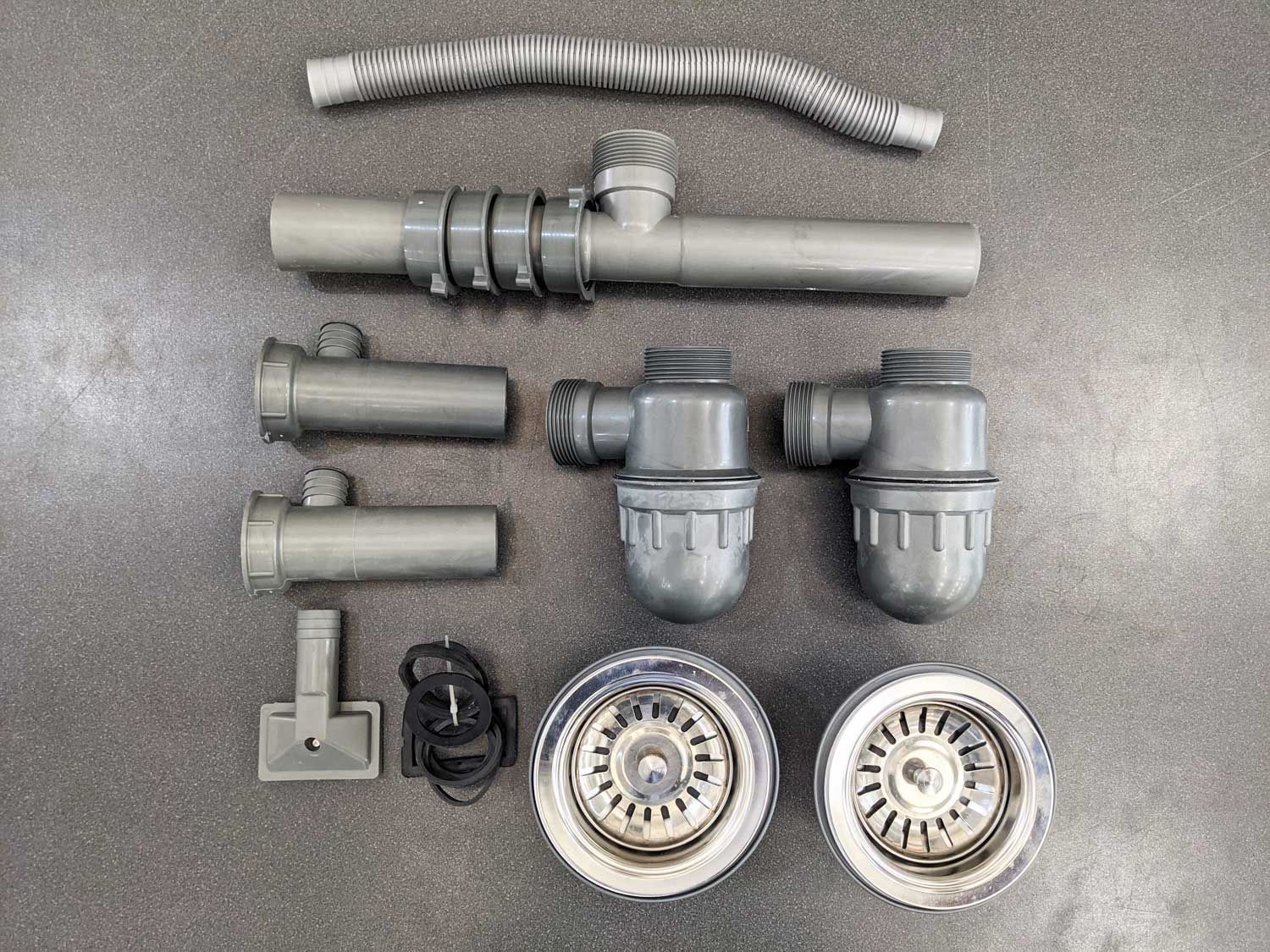












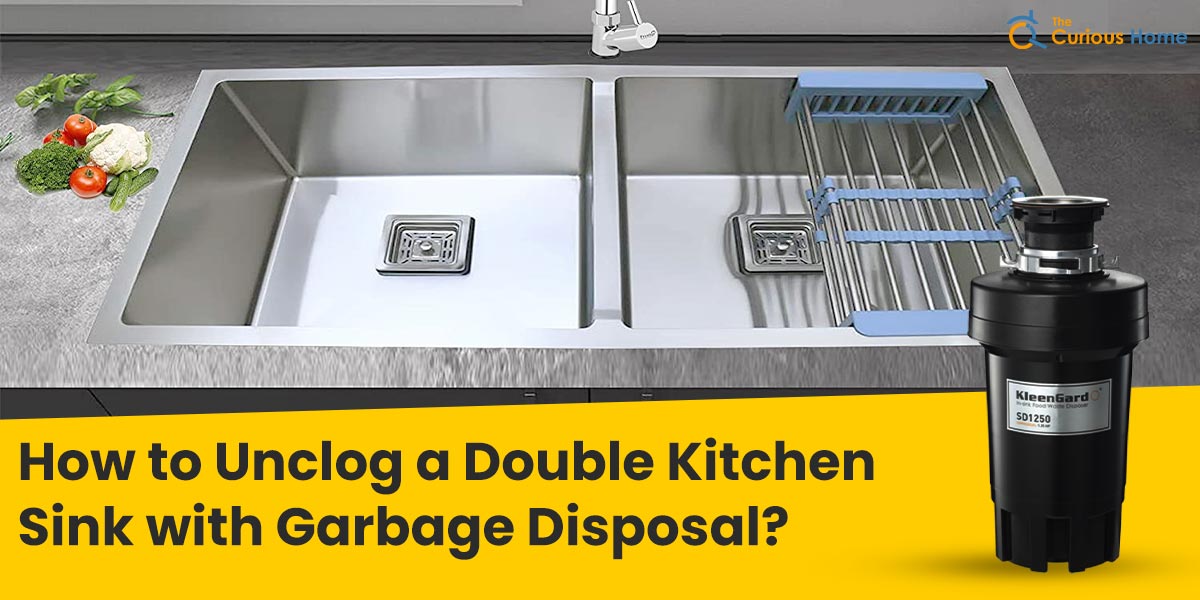



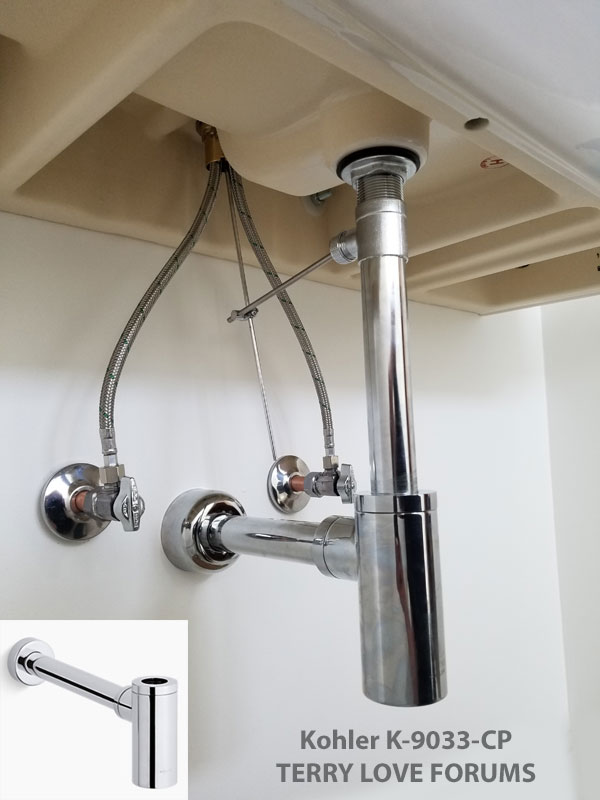

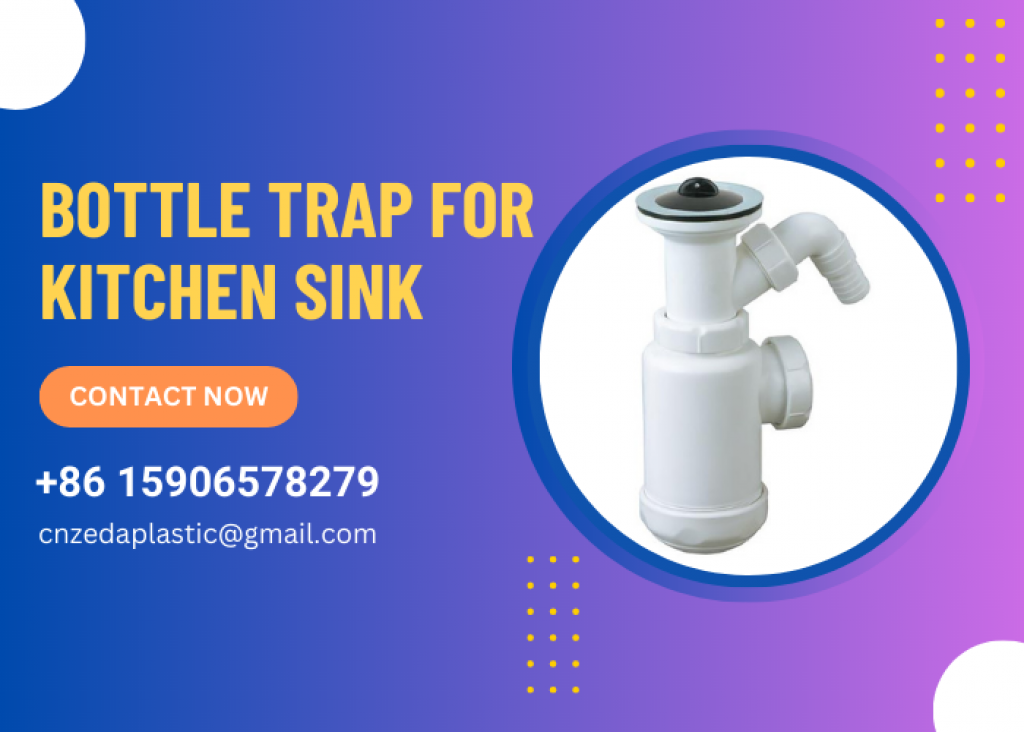



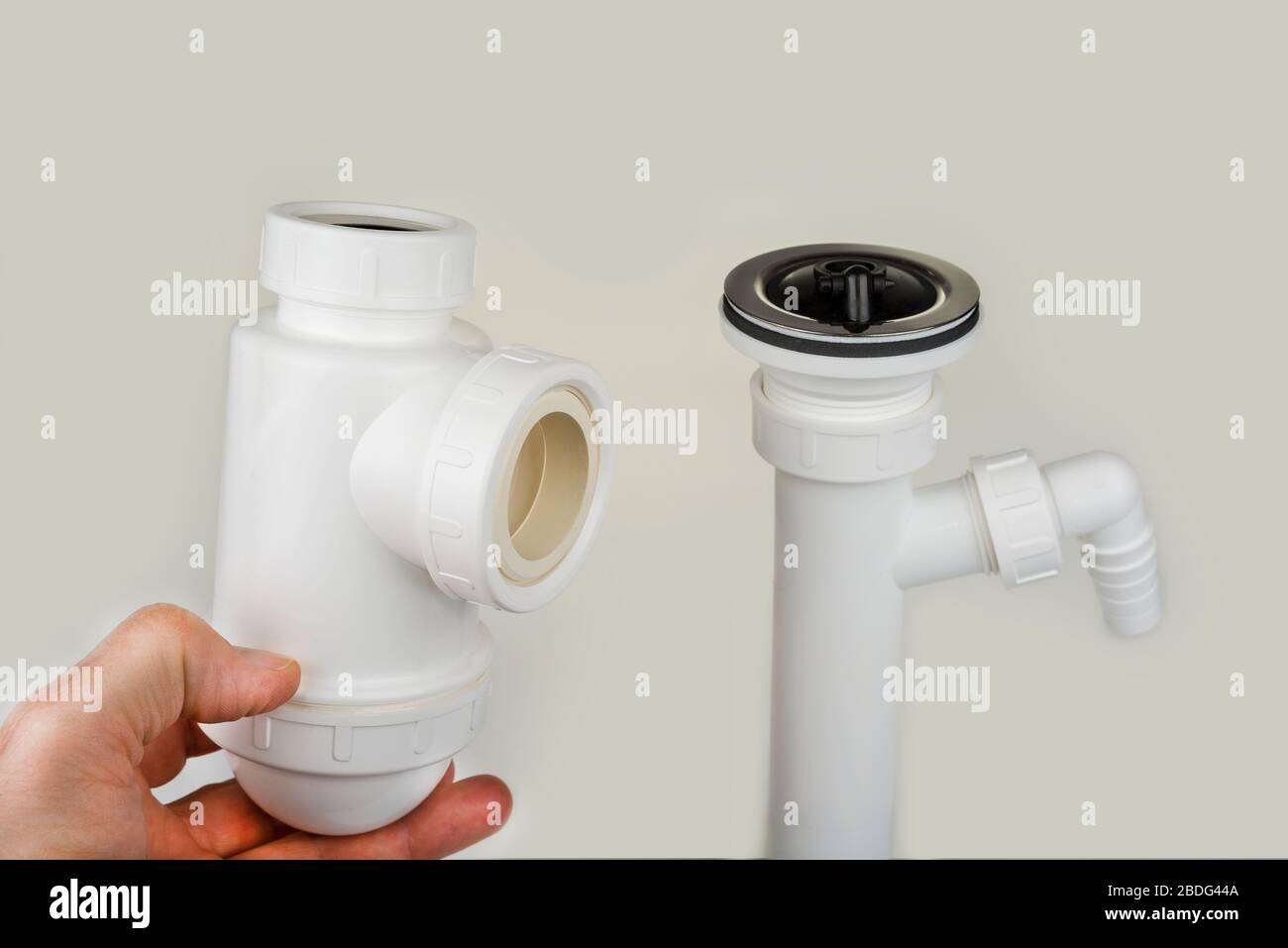



:max_bytes(150000):strip_icc()/Basic-kitchen-sink-types-1821207_color_rev-0b539306b9ef4236a136624ad2a89a4c.jpg)
:max_bytes(150000):strip_icc()/sink-drain-trap-185105402-5797c5f13df78ceb869154b5.jpg)



